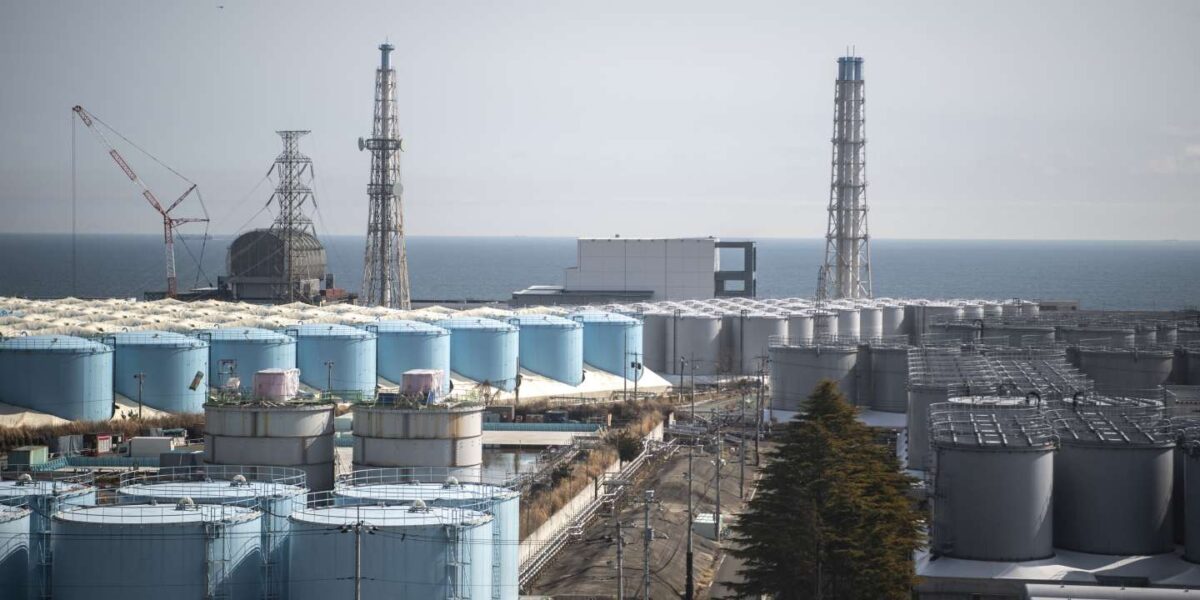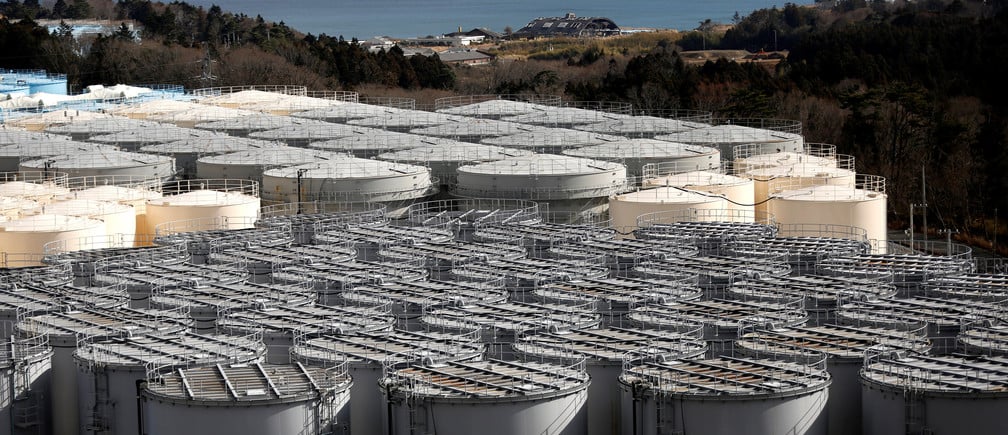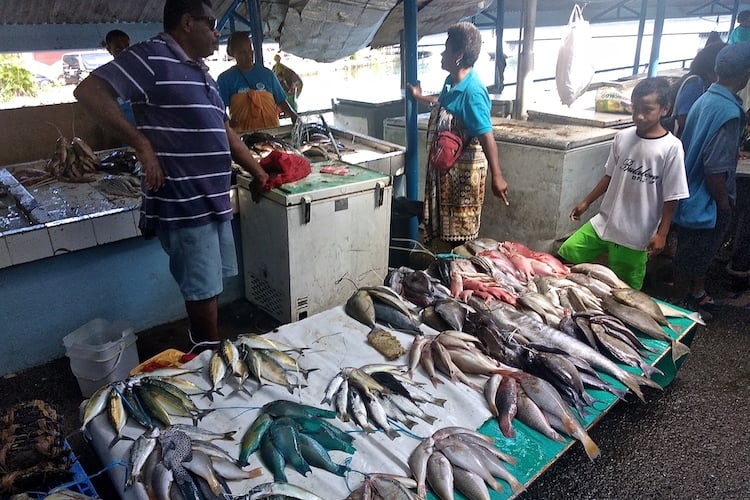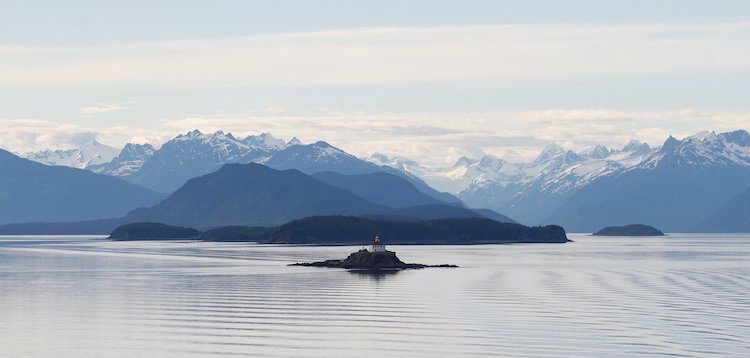Japanese government reassured the regional group that the nuke wastewater release will not take place until it is indeed safe, whilst PIF says the process might take at least 40 years
Japan’s plan to release over a million tons of radioactively contaminated cooling water from its Fukushima Daiichi Nuclear Power Plant into the Pacific Ocean is expected to begin in early March or April 2023, and the process might take at least 40 years, according to the Pacific Islands Forum.
During a virtual meeting with Forum members on 20 September, the Japanese government reassured the regional group that the toxic wastewater release will not take place until it can be ascertained that the water is indeed safe.
The briefing session is part of the ongoing dialogue between the Forum and Japan, including representatives of the Tokyo Electric Power Company (TEPCO) who are responsible for operating the planned release into the Pacific Ocean of the wastewater, which has accumulated since the 2011 tsunami that damaged the Fukushima plant.
The briefing sessions are aimed to help inform the region’s shared understanding of Japan’s plans, and in pursuit of Japan’s PALM9 undertaking to provide Forum members with explanations based on scientific evidence, in a highly transparent and timely manner.
At their 51st Annual Meeting held in July, Forum leaders reiterated their strong concerns about the significance of the potential threat of nuclear contamination to the health and security of the Blue Pacific, its people and prospects, and reaffirmed the importance of ensuring international consultation, international law, and independent and verifiable scientific assessments as per the PALM9 Declaration.
The Forum said these are even more important considering the transboundary and transgenerational nature of nuclear waste discharge of this magnitude.
While the plan is supported by the IAEA and the Nuclear Regulatory Authority of Japan, the Forum’s panel of independent experts who are independently assessing the science reiterated their serious concerns that more data and information are needed to ascertain the safety of the water for disposal.
“Unfortunately, we have yet to receive the sound scientific proof needed, and we are advised that plans for discharge are premature. Based on the independent advice we have received, there are major data gaps and flaws, and more time is simply needed to further consider the plans.” the Forum said.
The dialogue will continue at political levels in the coming weeks.
“The Pacific remains hopeful that no discharge will happen until all issues and concerns of the Pacific are addressed, through solutions that are based on best applicable science, and are consistent with international legal and moral obligations,” the Forum said.
This story was written by Pacific Island Times News staff, originally published at Pacific Island Times on 29 September 2022, reposted via PACNEWS.




